Entry 10 Day 65 16 December 2024 51°40'1.2''S, 57°48'25.2''W Travelled: 12629.34 Nautical miles
51°40'1.2''S, 57°48'25.2''W Travelled: 12629.34 Nautical miles
Antarctica’s wonderful wildlife

We’ve just visited South Georgia, a sub-Antarctic island in the middle of the Southern Ocean. Surrounded by mountains and glaciers, and chock-a-block with wildlife, it’s a spectacular place!
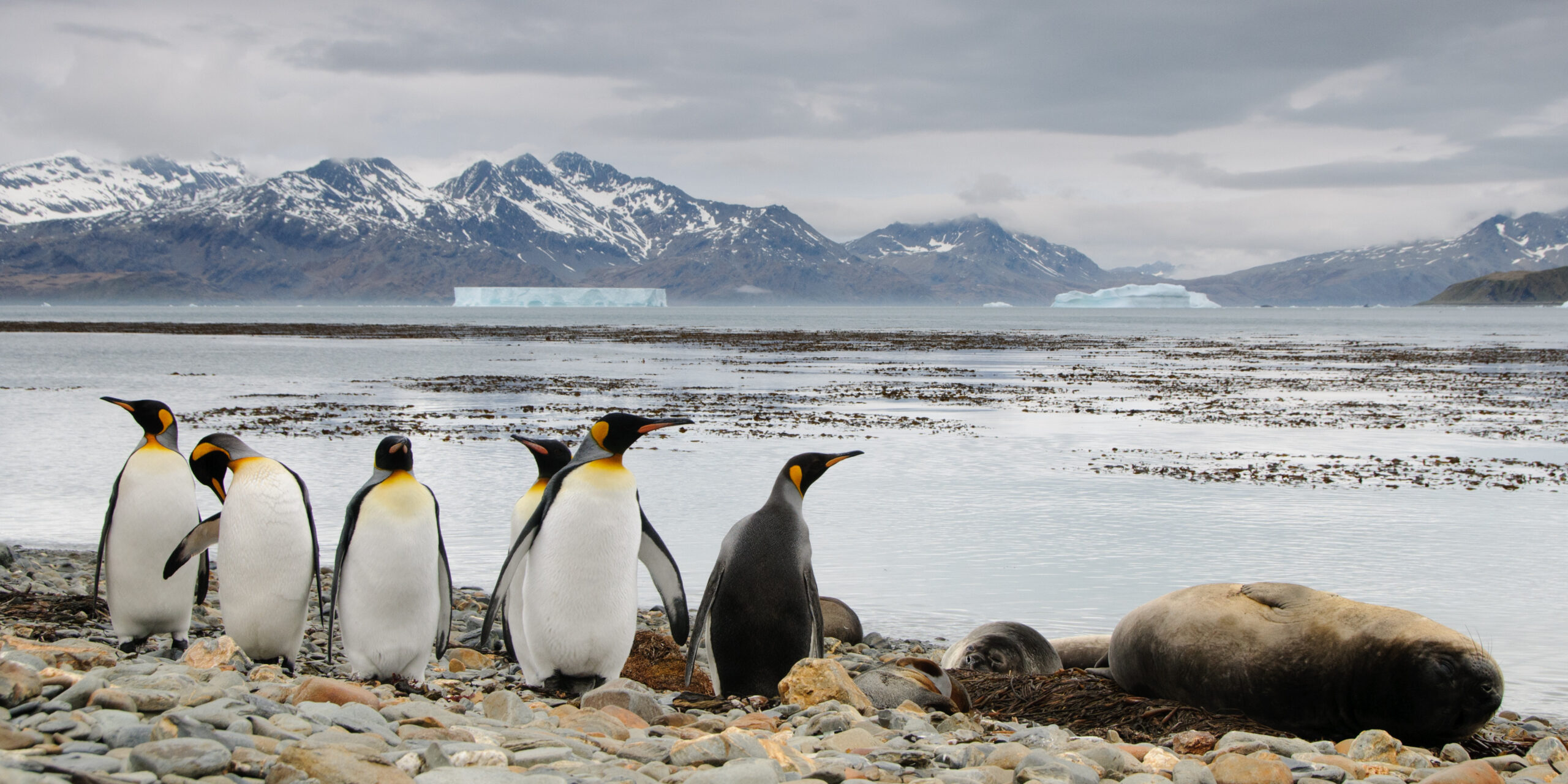
King penguins and elephant seals on King Edward Point, South Georgia
From gentoo, macaroni and king penguins, to giant petrels, elephant seals, pintail ducks and both sooty & wandering albatrosses, South Georgia is an important wildlife haven.
We have two research stations here – Bird Island and King Edward Point.

First stop – Bird Island.
As the name suggests, Bird Island is home to lots of (you guessed it) birds! Researchers live here year-round, researching albatrosses, penguins and seals.
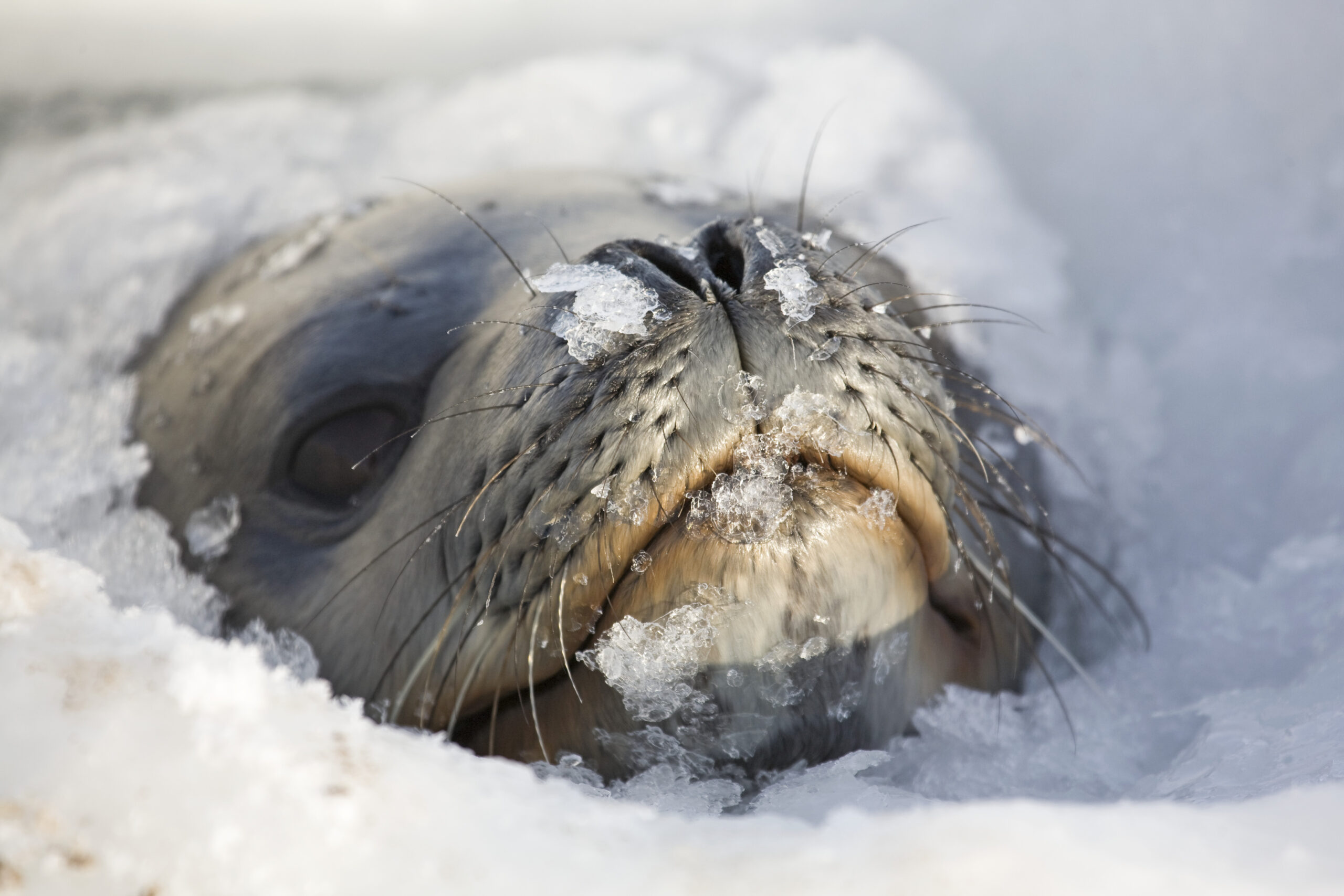

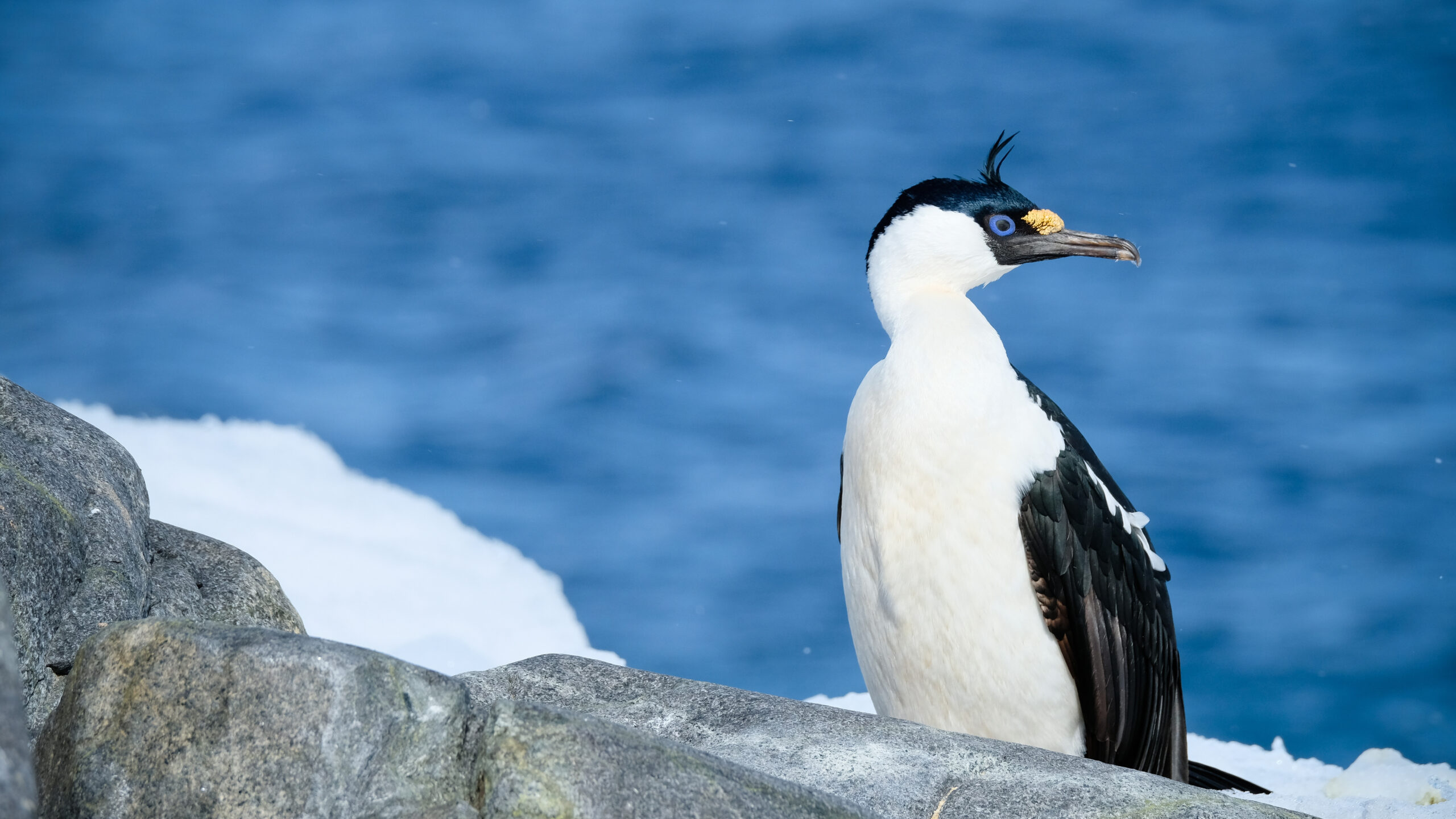 Steve Gibbs
Steve Gibbs Bird Island is also home to our famous penguin weighbridge. As the macaroni penguins from the Little Mac penguin colony cross the bridge between their home and the sea, they are counted and weighed. This tells researchers how much the penguins are eating and, by extension, how the creatures they eat (mainly krill and fish) are faring.
The terrain is steep and uneven, so the penguins almost always use the same route – a bit like a penguin highway – so researchers knew the best place to put the bridge.
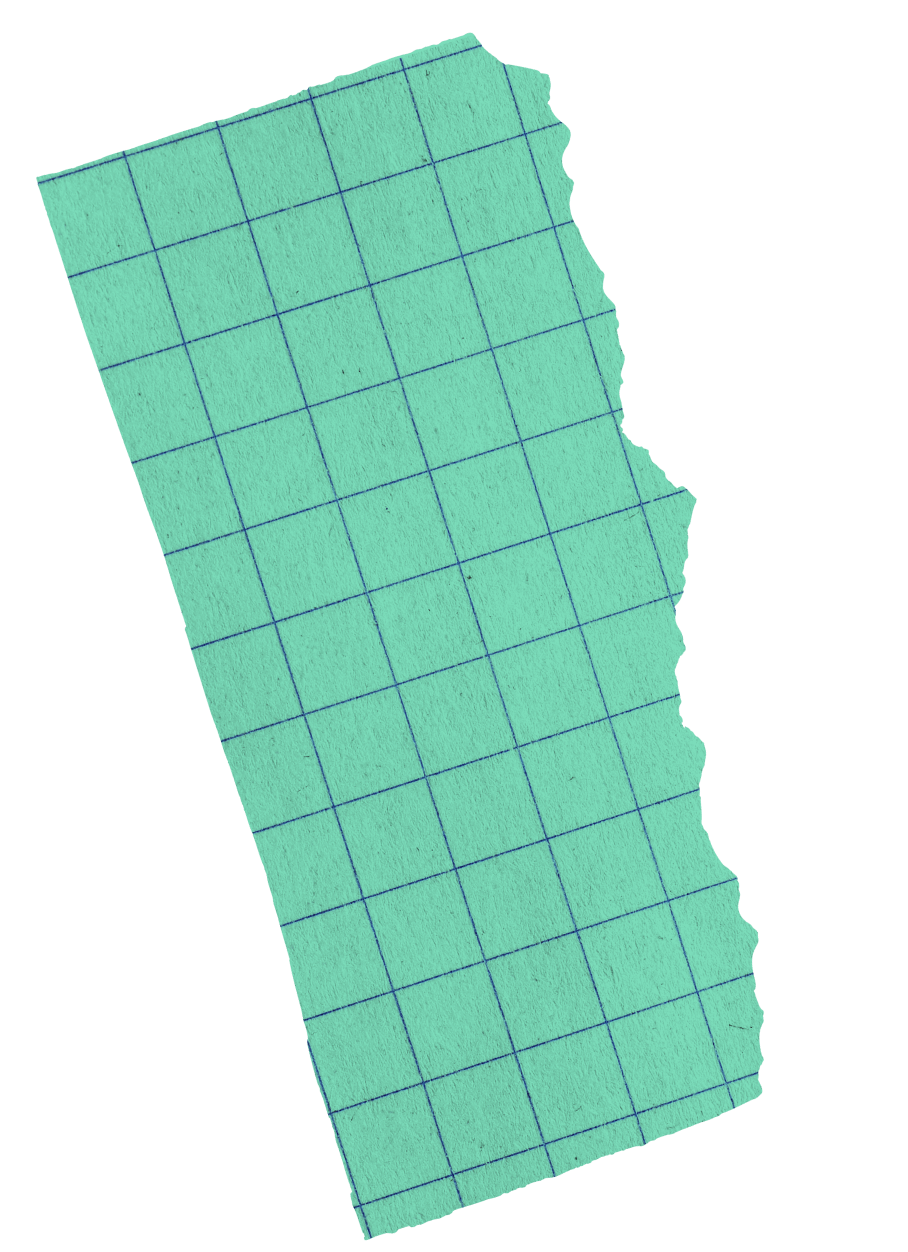
Grab a cup of tea and immerse yourself in the sights and sounds of South Georgia…

P-p-p-p-p peek at a penguin
There are six species of penguin we might see in and around the Antarctic. King penguins live on the more northerly subantarctic islands. Chinstrap, gentoo and macaroni penguins can be found on South Georgia, but breed on the northern tip of the Antarctic Peninsula. Only the emperor and Adélie make the Antarctic continent their true home.
Penguins stand on ice for hours and hours, but they have clever ways of keeping their feet the right temperature (a few degrees above freezing!) They’re well designed to keep warm – they have a thick layer of fat and overlapping feathers to keep the water out, with fluffy feathers underneath for warmth. In fact, penguins are so good at keeping warm, they have a problem with overheating in the summer months!
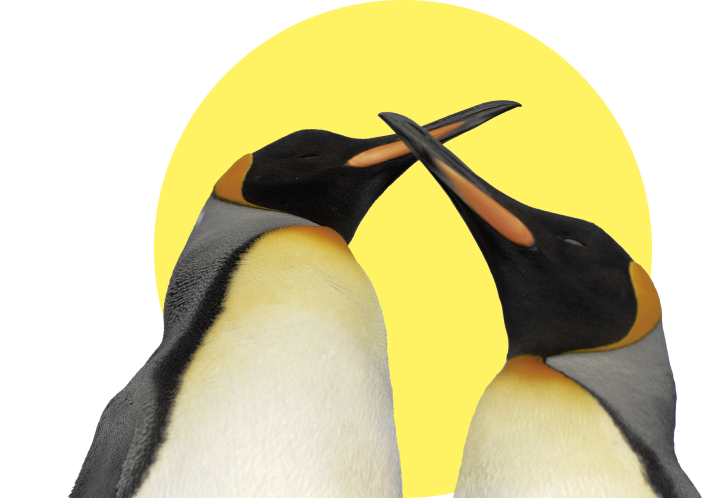
Did you know…
Penguins are the most common birds in the Antarctic? They live in colonies with populations bigger than some cities (a penguin colony is called a rookery), and survive in the harshest conditions!
An Emperor penguin and chick (L) and a group of Adelie penguins (R)
 Peter Fretwell
Peter Fretwell  Adam Bradley
Adam Bradley 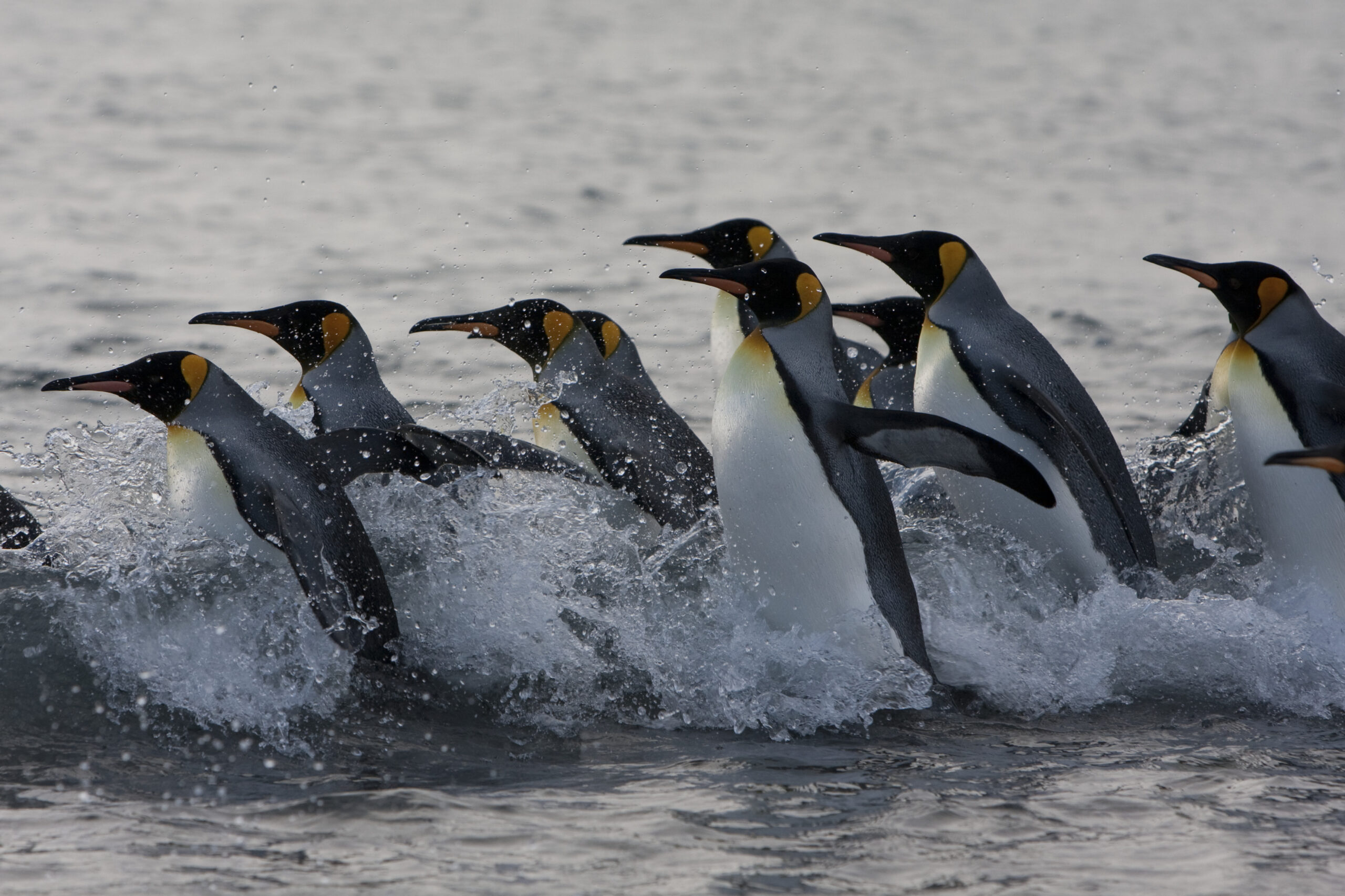 Jonathan Ashburner
Jonathan Ashburner  Alastair Wilson
Alastair Wilson King penguins (L) and Macaroni penguins (R)
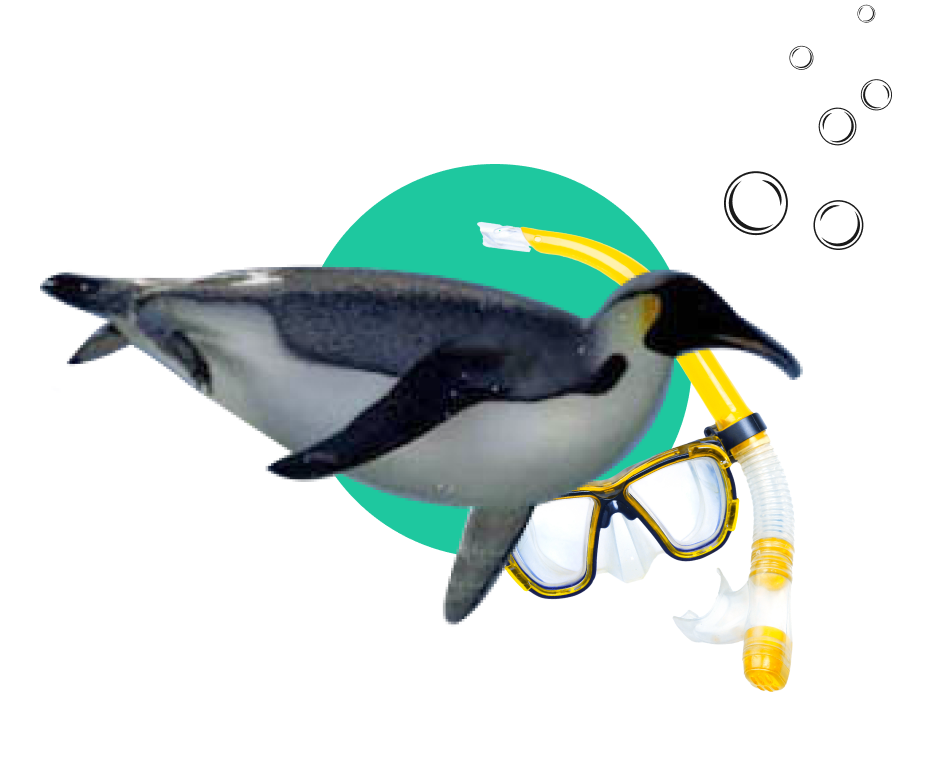
Did you know?
The deepest diving penguins are the kings and emperors – they hunt for squid and fish. The record holder is a female emperor penguin who reached an astonishing 535 metres!
Although they aren’t very elegant on land, penguins literally fly through the sea – their cruising speed is a whopping 10km an hour. Look at these Adélie penguins go!

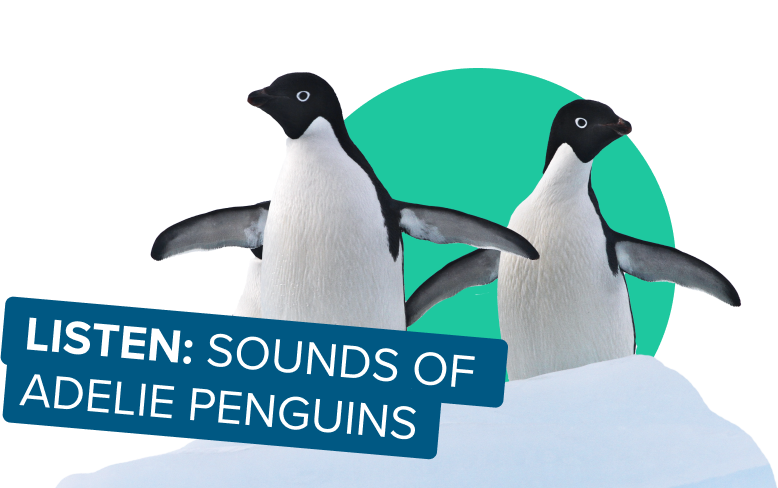
King Edward Point
At King Edward Point, researchers focus on marine and fisheries research. Again, researchers live here all year – in the winter months, there are often only four people here. This island station is owned by the Government of South Georgia and the South Sandwich Islands, and British Antarctic Survey look after and run it on their behalf.
At this time of year, the team are doing seal rounds and gentoo penguin checks.
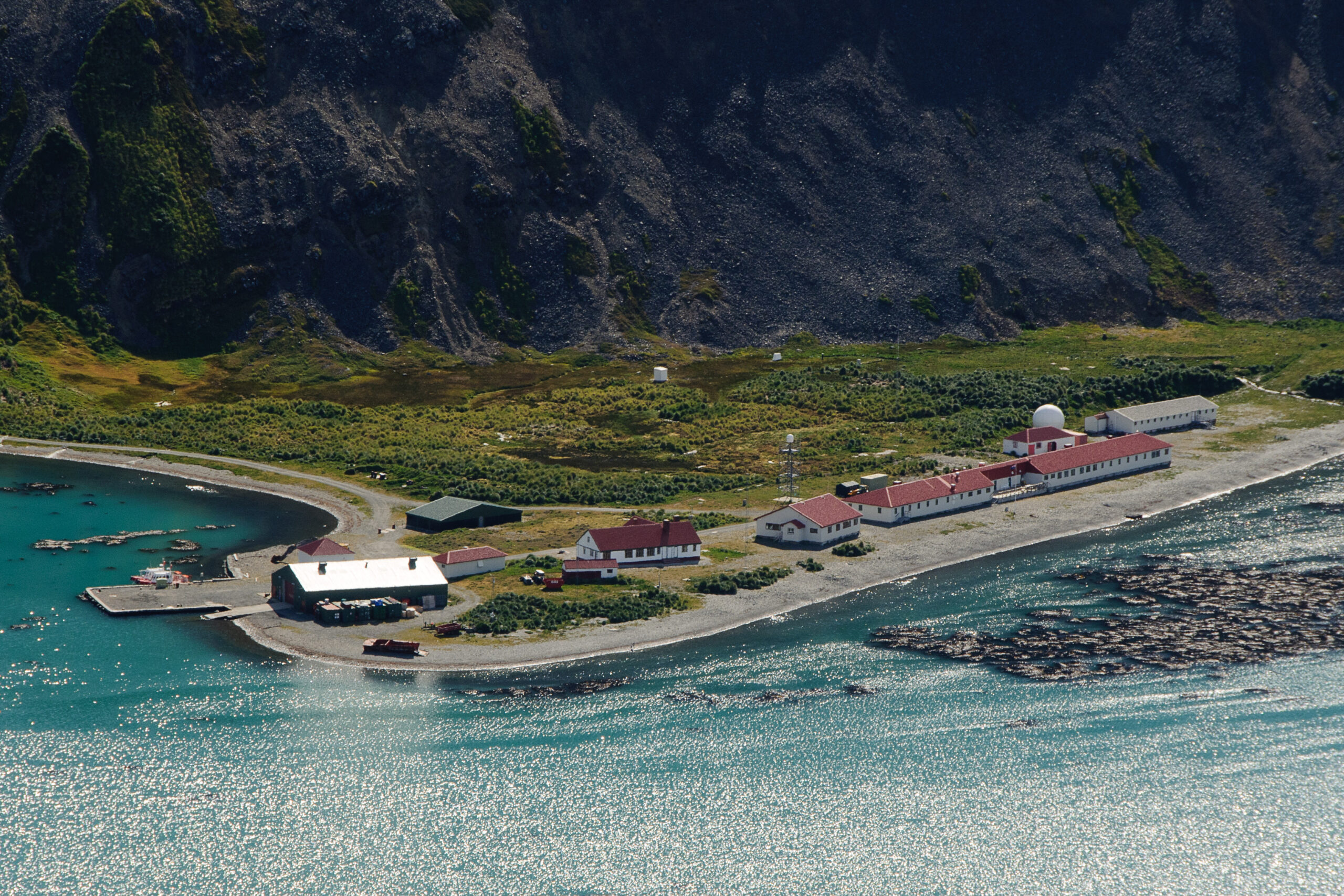 Alastair Wilson
Alastair Wilson 
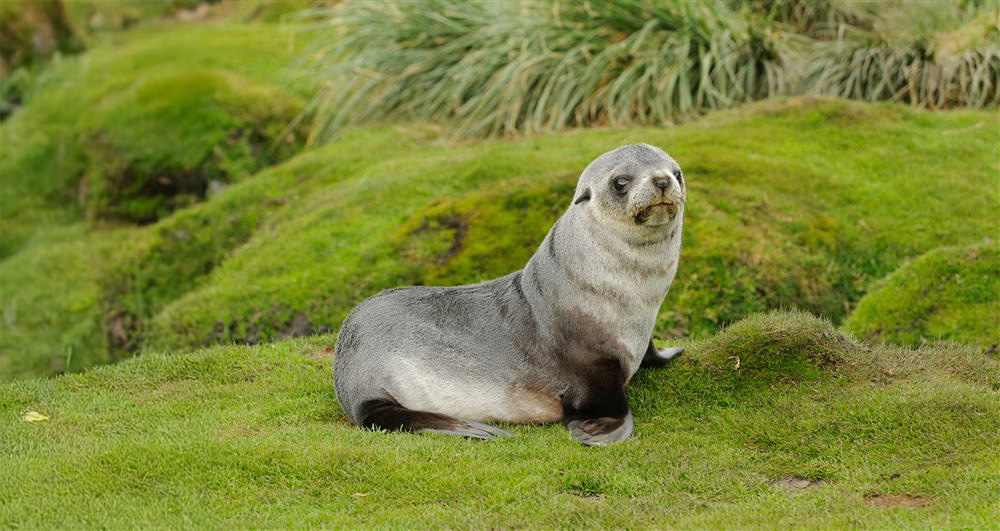 Alastair Wilson
Alastair Wilson Lots of the data we collect from King Edward Point is reported to something called the Commission for the Conservation of Antarctic Marine Living Resources, known as CCAMLR. CCAMLR is an international body that is responsible for conserving and managing the Southern Ocean’s marine life and ecosystem.
The information gathered by researchers is used to help CCAMLR decide on how best to protect this vibrant ocean – for example, how much fishing can happen.
A whale-y good story
Some of the other amazing animals we see around South Georgia are WHALES! Spotting your first (or even hundredth) whale is a really special moment on your journey South.
During the long journey to Antarctica, lots of the crew and scientists can be found looking out the windows with a pair of binoculars, looking for whales.
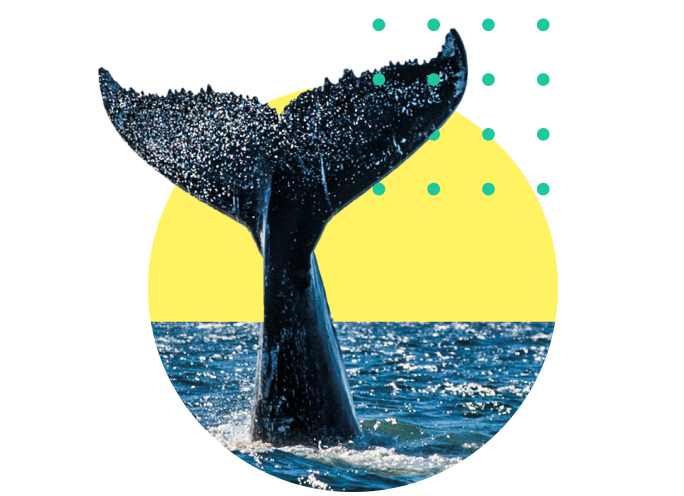
Whale spotting
Some of the whales you might see in this area are humpback whales, southern right whales, minke whales – and even blue whales!
 Michael Shortt
Michael Shortt There used to be tens of thousands of whales in these waters, but they were hunted to near extinction by whalers.
However, our scientists have discovered that, slowly but surely, whale populations are recovering. In fact, researchers think there might be nearly 25,000 humpback whales feeding in the waters around South Georgia!
Researchers use lots of different techniques to learn more about these iconic animals – they use drones and small boats to take photos, use satellites to track them, take samples of their skin, and analyse pictures taken over many decades.
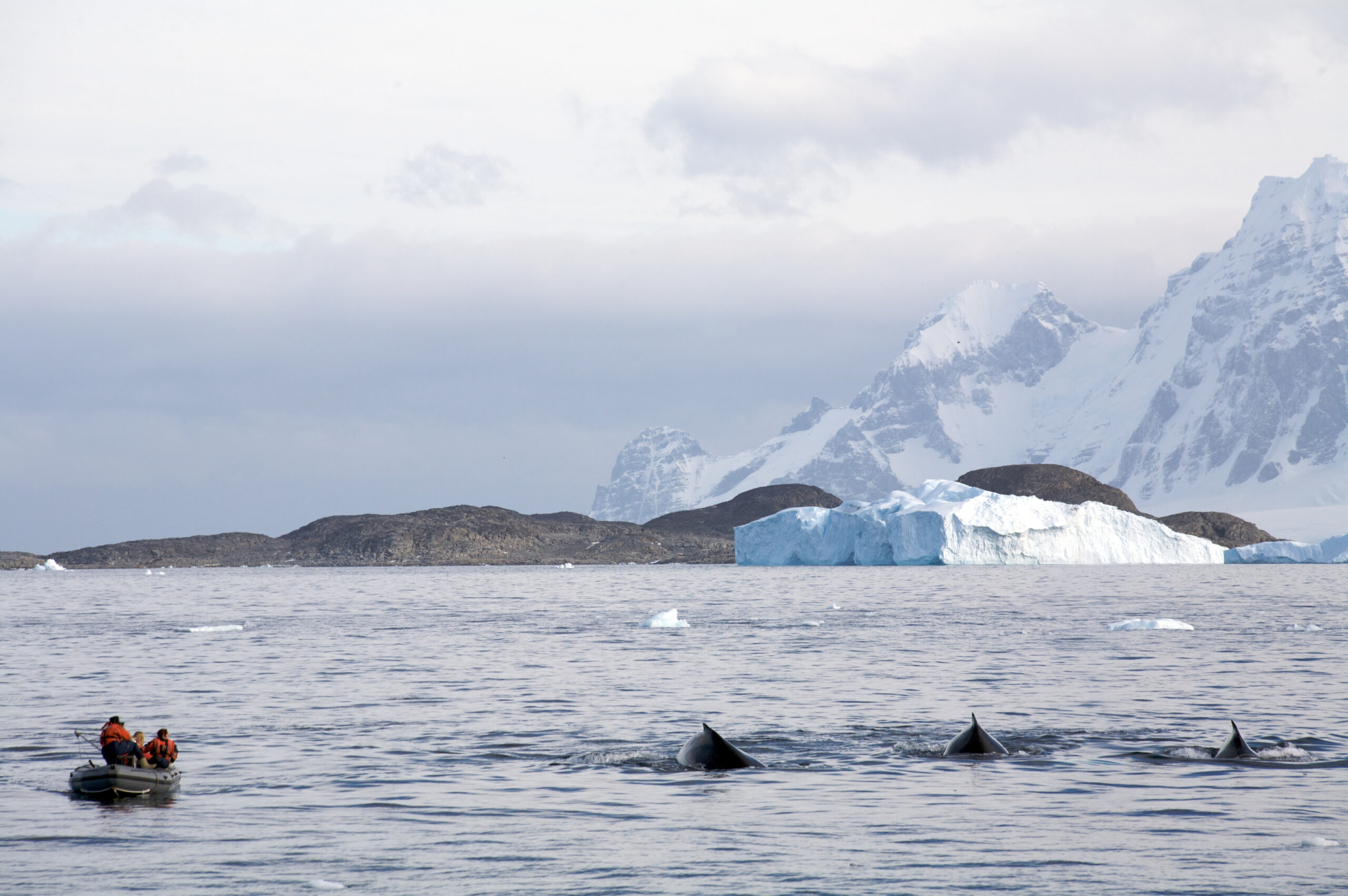 Michael Shortt
Michael Shortt 
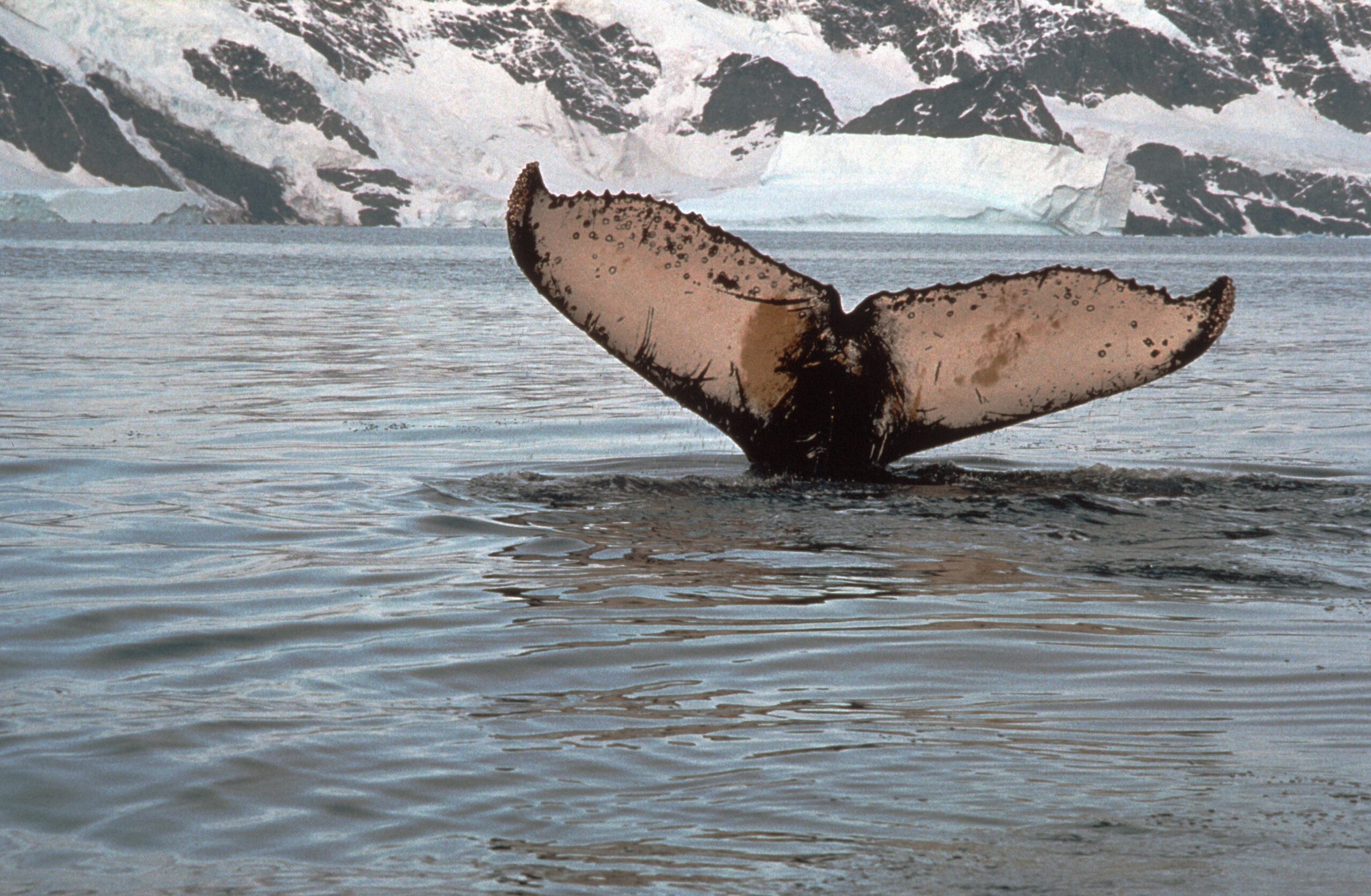 DWH Walton
DWH Walton Whales are generally only found in and around South Georgia in the summer months – it’s much too cold for them in the winter. They come back in the spring and swim along the retreating ice edge where they can find lots of tasty krill to eat.
At the moment, some of our researchers are working on a project called Hungry Humpbacks. They’ve been working out how these huge whales are affecting the numbers of krill found around South Georgia. Krill may be small (around 6cm long) but they’re mighty! They’re a really important part of the Antarctic food chain so knowing how many there are in the ocean is really important.
A day in the life of a professional whale watcher
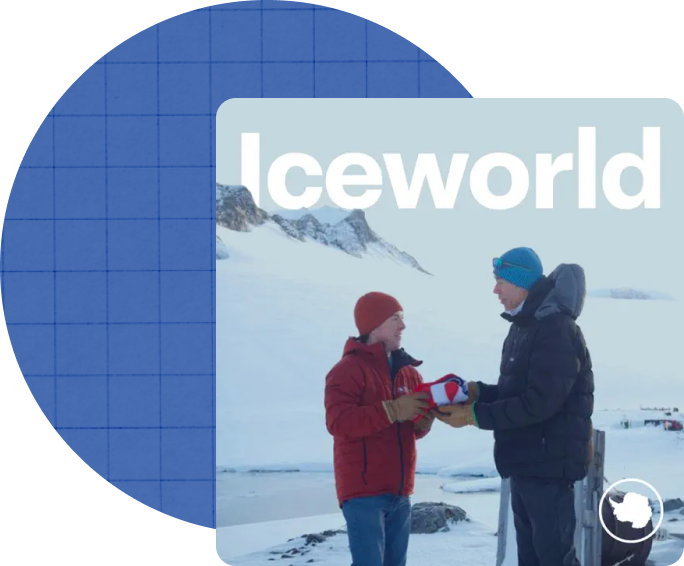
Heading here
Listen to this episode of Iceworld with Boating Officer Louis Day. This episode was recorded as he was heading towards King Edward Point to spend the winter there.
